A sprawling mansion in Surrey, with a two-century history of fame and changing fortunes
The Denbies House may have started life as a humble farmhouse, but with a garden themed after death and damnation and a host of colourful owners from bankers to politicians, it's now anything but. Penny Churchill reports.
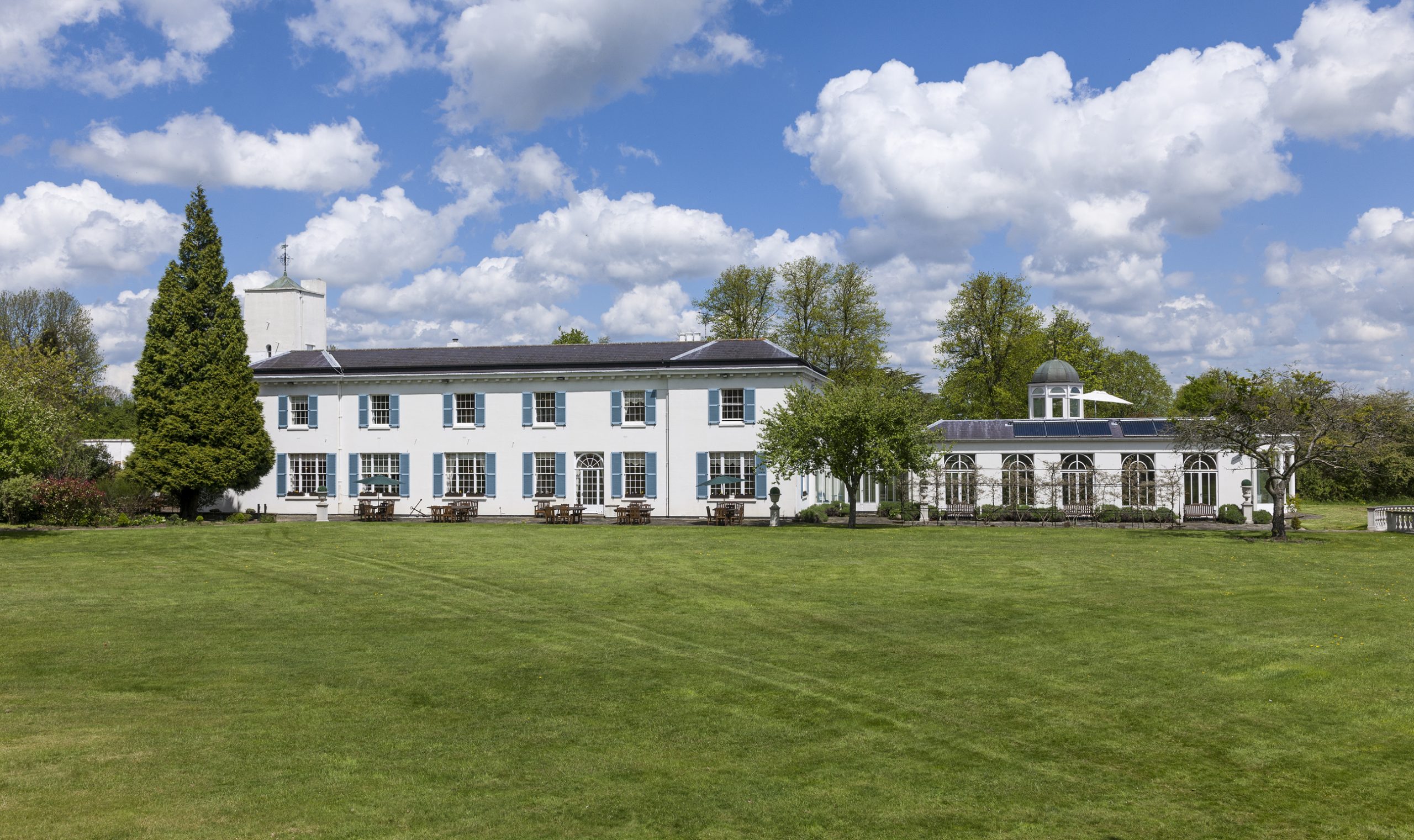

From humble farmhouse to Victorian edifice, to elegant, Regency-style country house, the evolution of The Denbies House at Ranmore Common, near Dorking, reflects the changing fortunes of the rich and famous in Surrey, from the mid 18th century to the present day. Selling agent Paul Finnegan of Savills quotes a guide price of £8.75 million for the secluded, 13,142sq ft country house.
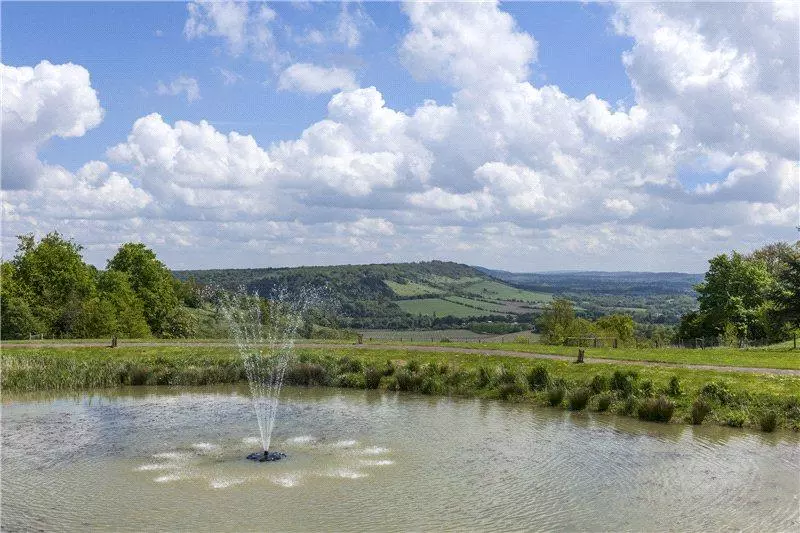
Named after John Denby, who farmed the land in the 16th century, the original farmhouse and its surrounding Surrey Hills estate were bought in the mid 1700s as weekend retreat by Jonathan Tyers, the owner of London’s fashionable Vauxhall Gardens. Having converted some of the former farm buildings into a modest, two-storey house, Tyers went on to develop gardens at Denbies, the theme of which was death and damnation.
Following Tyers’s death in 1767, the estate was bought by Lord King of Ockham (Property Market, February 26), who had Tyers’s collection of macabre artefacts removed and the grounds greatly altered.
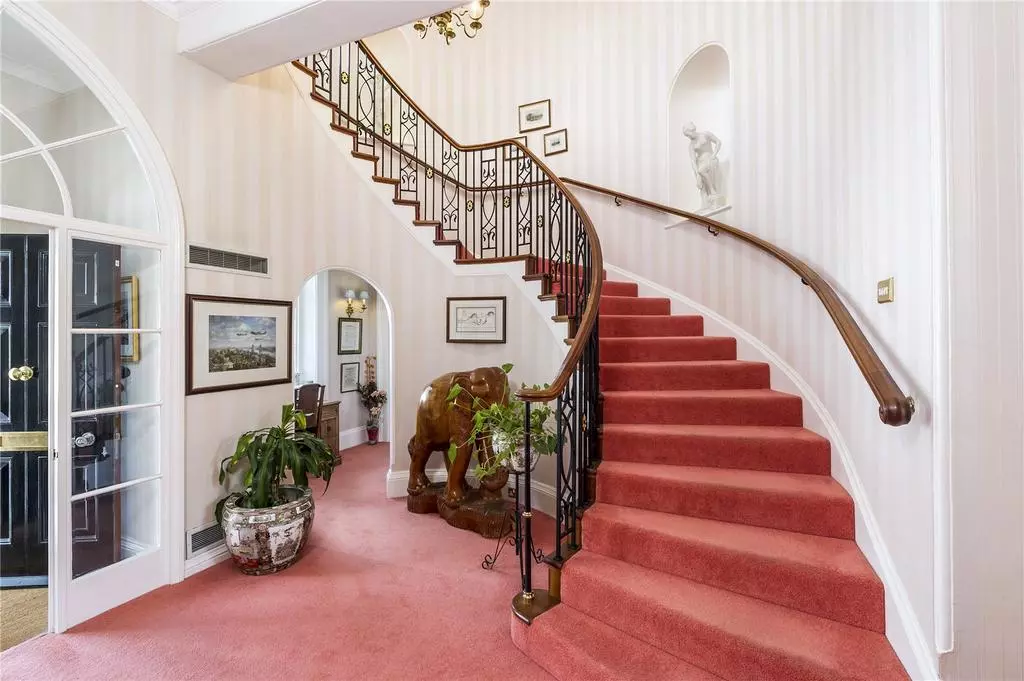
In 1787, Denbies was purchased by banker Joseph Denison, who spent part of a vast fortune – gained through ‘unabated industry and the most rigid frugality’ – buying up estates. He died in 1806, leaving his property to his son, William, also a banker, who increased the acreage of the Denbies demesne to 3,900 acres and created extensive, well-designed gardens. He died a bachelor in 1849, leaving his fortune to his nephew, Albert, later Baron Londesborough, who sold the Denbies estate to master builder Thomas Cubitt in 1850.
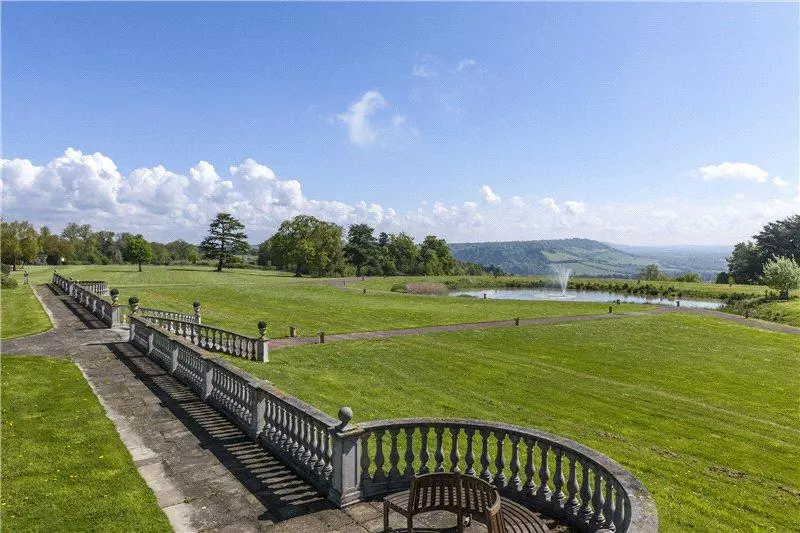
Renowned as the creator of London’s Belgravia and parts of Bloomsbury, Cubitt also built important country houses, including Osborne House on the Isle of Wight and Polesden Lacey at Great Bookham, near Dorking, now in the care of the National Trust. It was perhaps during the building of Polesden Lacey that he became familiar with the beautiful North Downs area of Surrey, which, even then, was easily accessible from London.
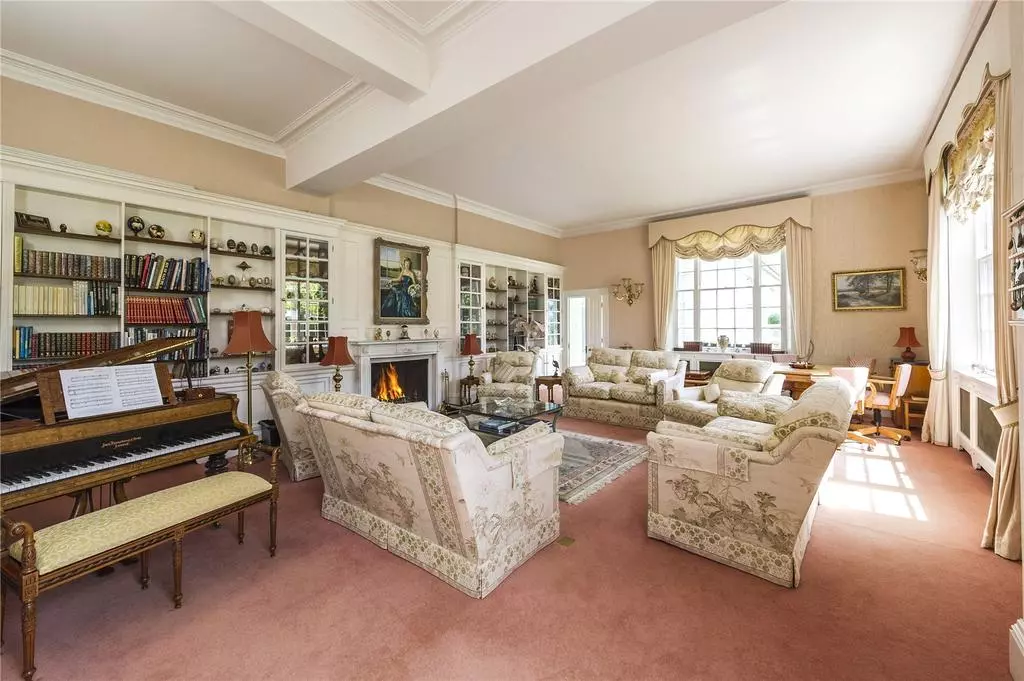
When Cubitt bought the Denbies estate 25 years later, the main building was a medium-sized, Regency-style house in a peerless position on the summit of a hill, with views across Mickleham, Box Hill, the town of Dorking and beyond to the South Downs. With work on Osborne House nearing completion, Cubitt set about improving his new estate, replacing the Georgian house with a grand Italianate mansion of almost 100 rooms, similar in style to Osborne House. The landscape architect William Nesfield, who laid out St James’s Park, was brought in to design the gardens.
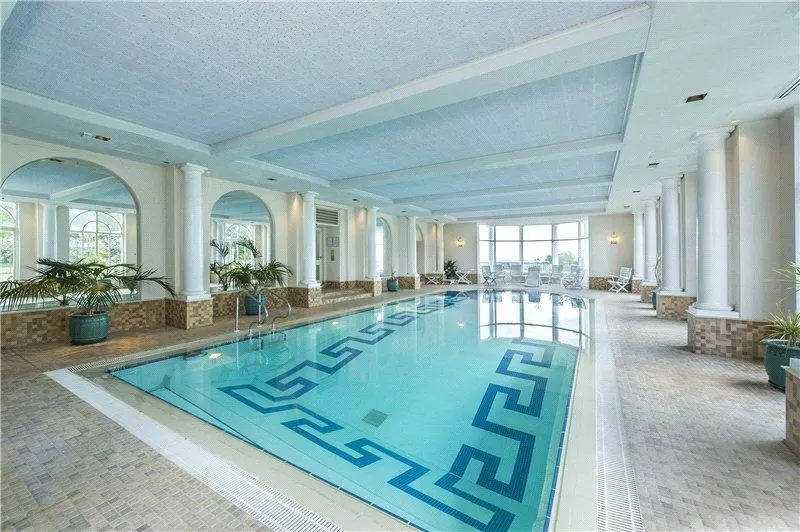
Cubitt died at Denbies in December 1855, leaving the estate to his son, George, a successful politician and Surrey MP, who became the first Lord Ashcombe in 1892. He added a further 2,000 acres and commissioned Sir George Gilbert Scott to design the estate’s picturesque church of St Barnabas on nearby Ranmore Common.
Sign up for the Country Life Newsletter
Exquisite houses, the beauty of Nature, and how to get the most from your life, straight to your inbox.
On his death in 1917, the estate and title passed to his son, Henry. Faced with a massive bill for death duties and the ever-increasing cost of maintaining a country estate, the new Lord Ashcombe began selling off land and houses, a process that continued after his death in 1947, when his son, Roland, succeeded him.
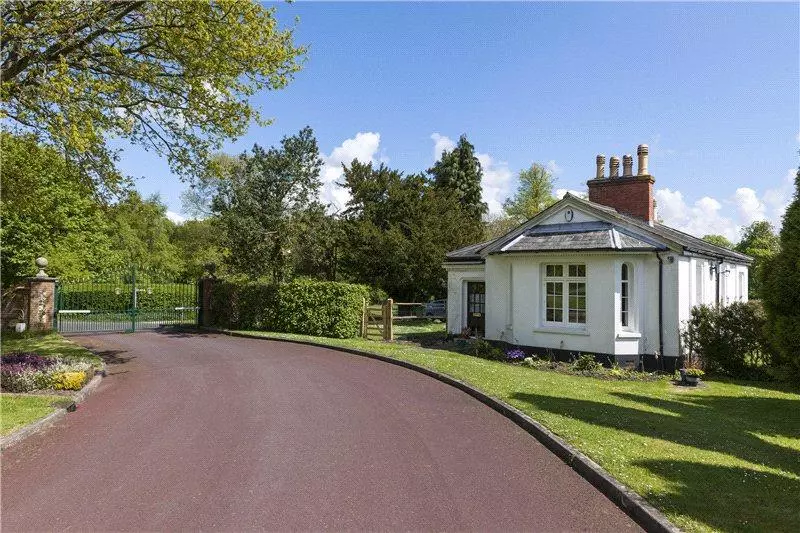
Fresh death-duty liabilities and the effects of the Second World War led Lord Ashcombe to abandon the Victorian house, which was eventually demolished in 1953. He transformed estate buildings that were previously used to house garden and stable staff into the present Regency-style home, incorporating flooring and doors stripped from the old house.
With death duties still outstanding, the break-up of the estate continued and, in May 1984, more than a century of Cubitt family ownership ended with the sale, through Savills, of The Denbies House with its surrounding parkland and farmland.
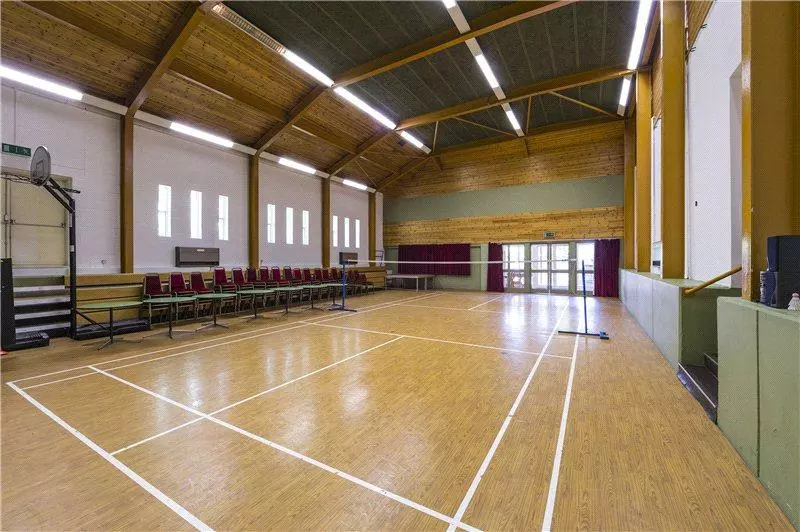
More than 35 years on, Savills are again handling the sale of a resurgent Denbies House, set in some 58 acres of beautifully maintained gardens and grounds. Still one of Surrey’s most enviable country properties, it overlooks the same glorious views enjoyed by previous generations of bankers and landowners.
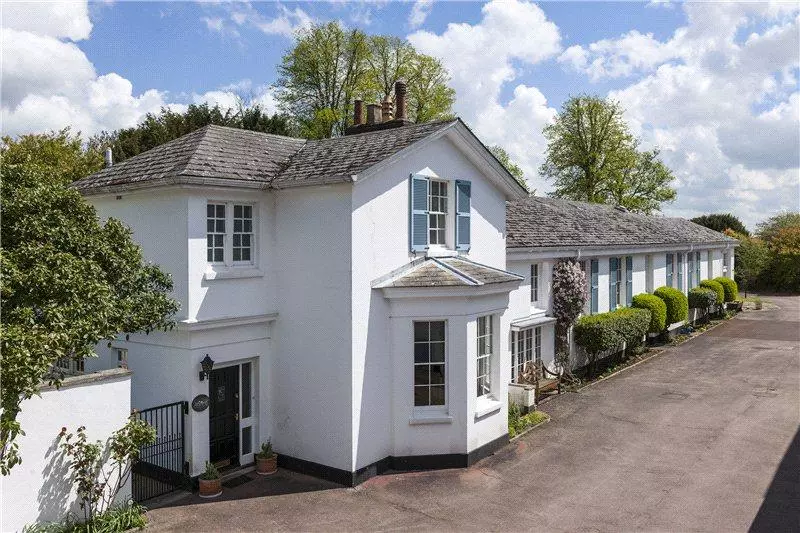
The sprawling house boasts a reception hall, four reception rooms, a study, a kitchen/breakfast room, six en-suite bedrooms, a guest/staff apartment, extensive cellars, an indoor swimming pool and a massive leisure complex – the whole modernised by the vendors during their tenure. It comes with four further estate houses and cottages, as well as two large storage barns that could easily be adapted for equestrian use.
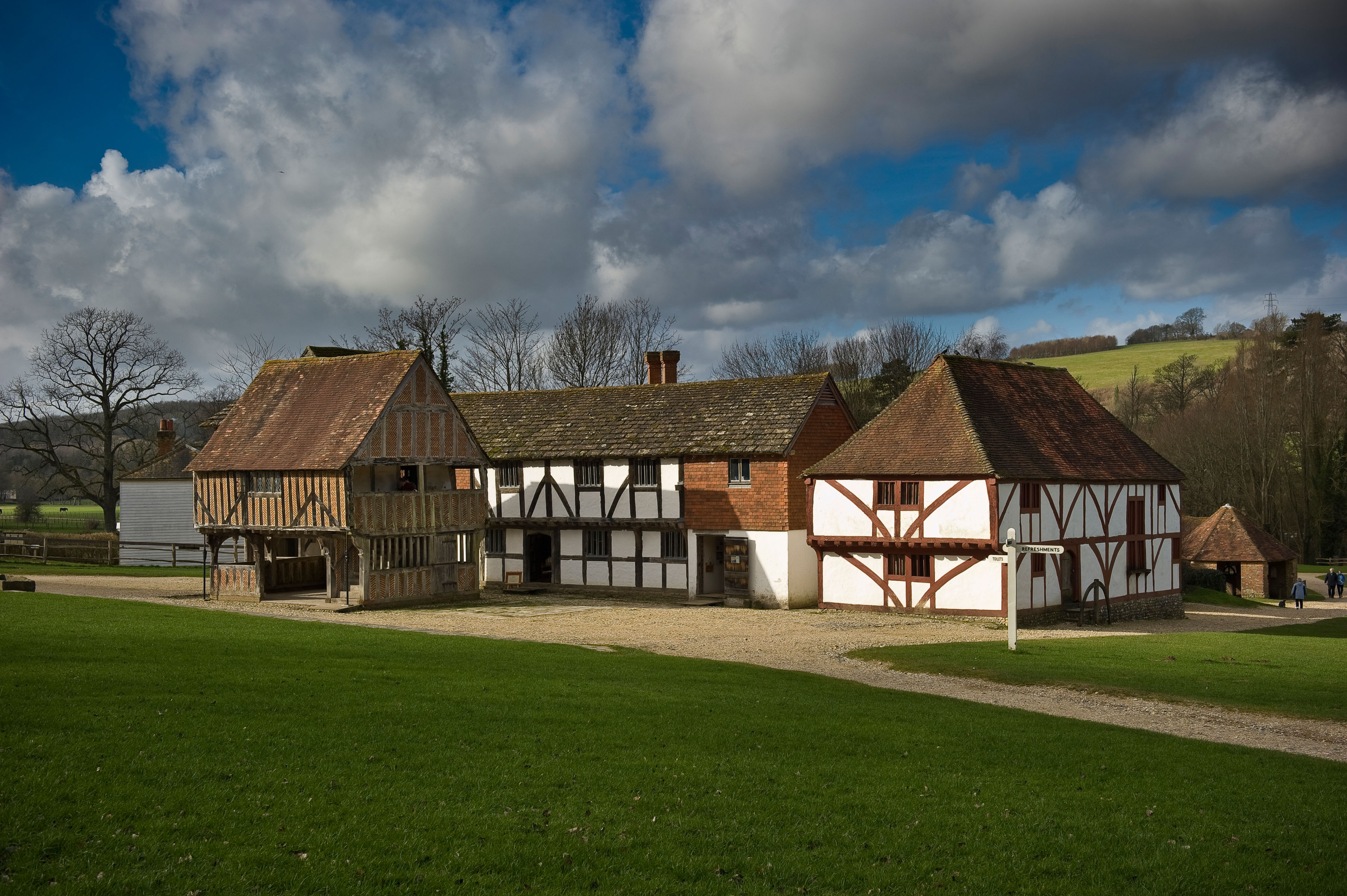
Things to do: Music in the gardens, the buildings of the Weald & Downland and a circus at the cathedral
Keep your diary up-to-date with our selection of unmissable events and things to do in the next few weeks.

Credit: Getty Images/EyeEm
Curious Questions: Who first discovered that washing your hands stops the spread of disease?
Washing your hands regularly is the single biggest thing you can do to help stop the spread of coronavirus. In
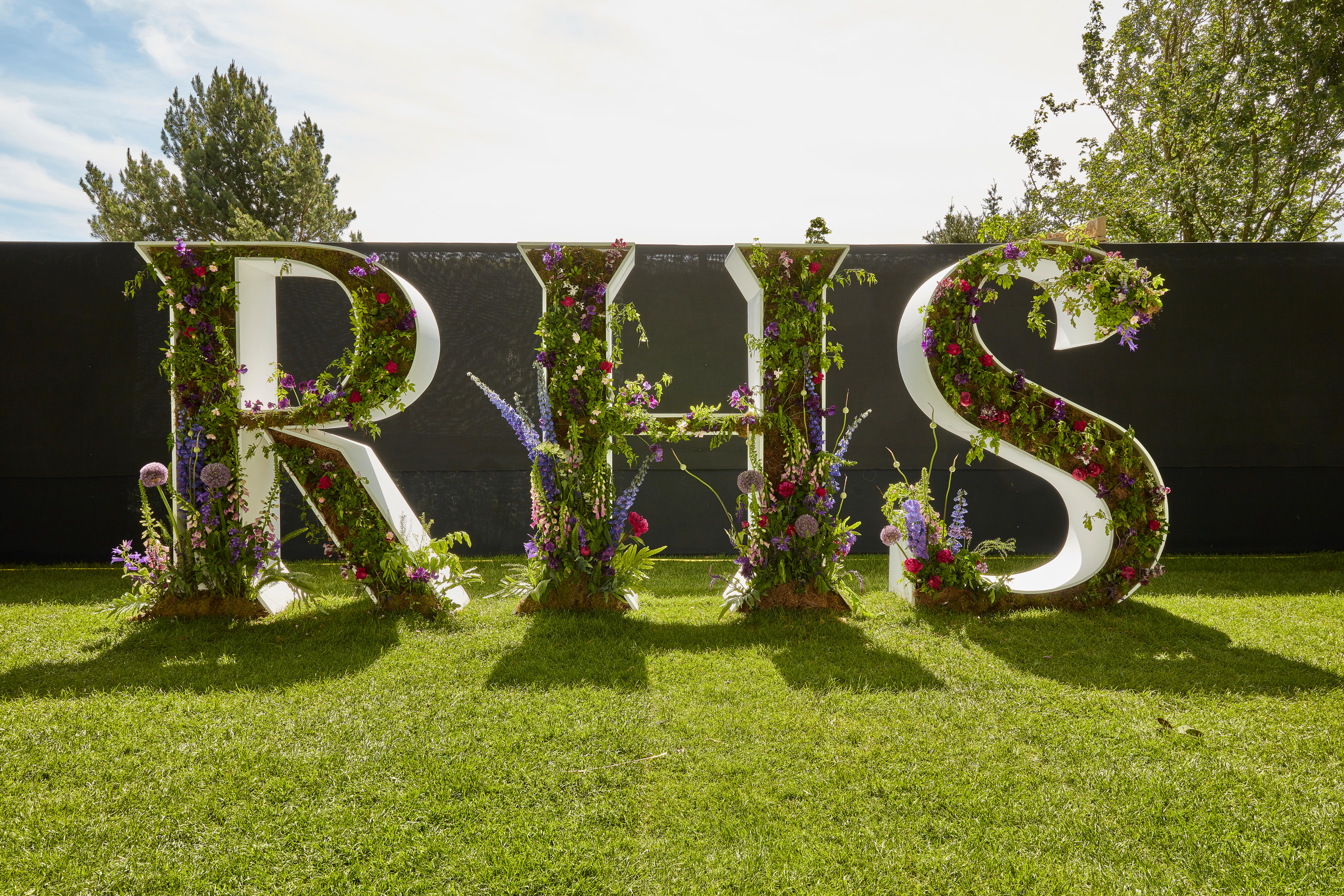
2020 RHS Chelsea Flower Show latest event to be cancelled over Covid-19 fears
The Royal Horticultural Society has taken the decision to cancel the 2020 Chelsea Flower Show.
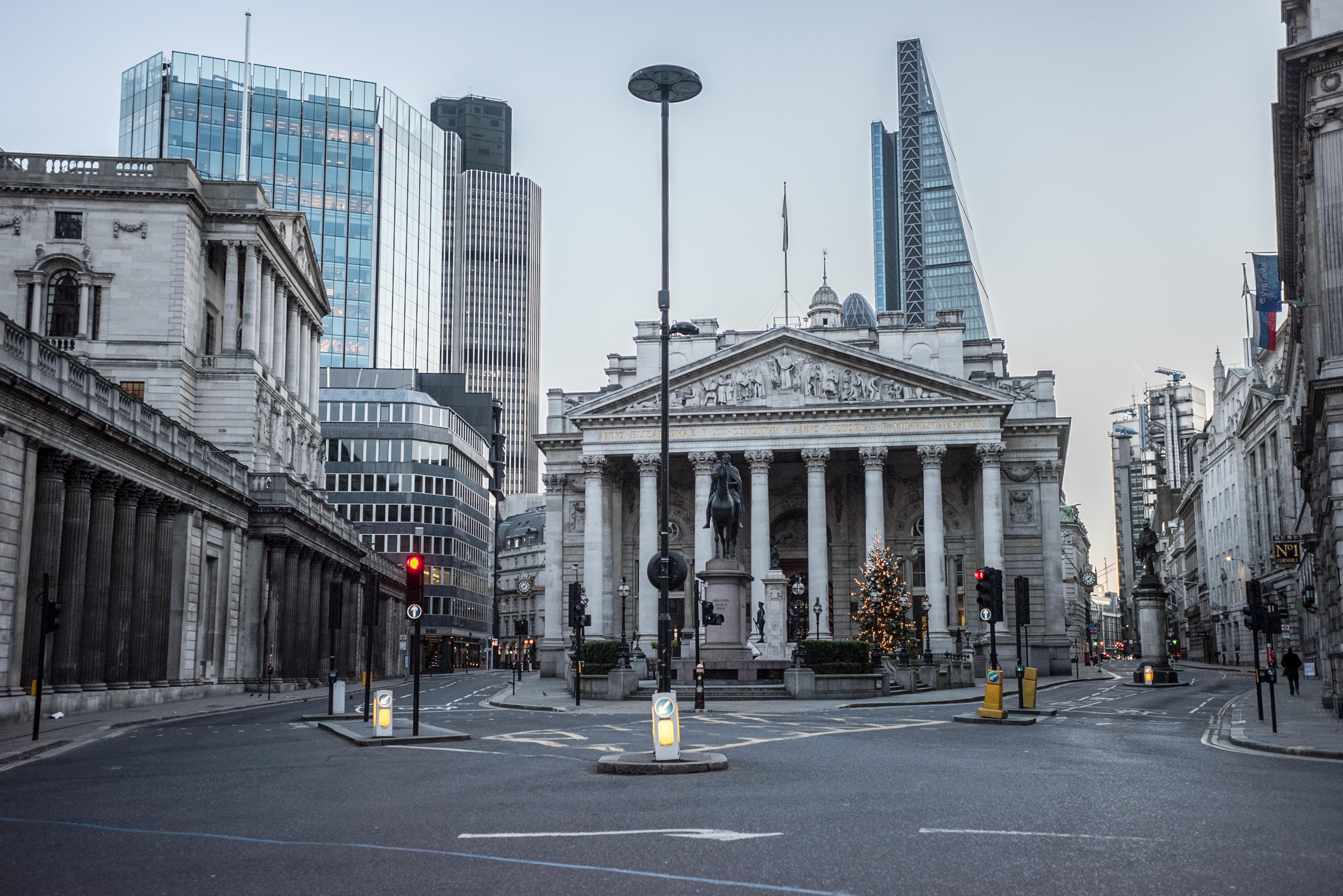
Credit: Alamy Stock Photo
Jason Goodwin: 'A Journal of the Plague Year is not a cheerful read, but it’s a wonderful book for the times'
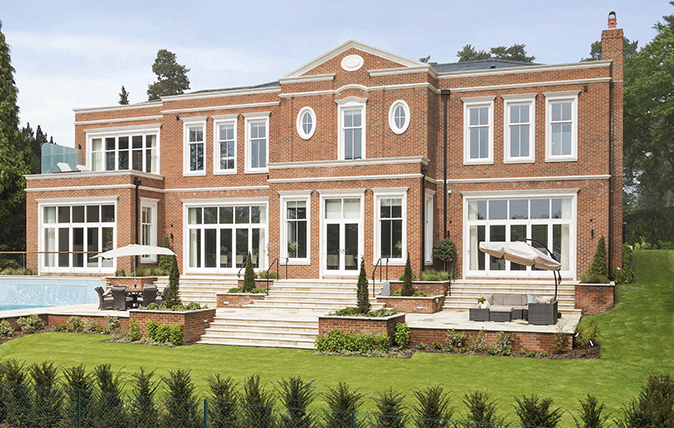
The St George's Hill 'super homes' with infinity pool and room for the supercar
Some of Surrey’s finest new houses come to the market.
-
 Everything you need to know about private jet travel and 10 rules to fly by
Everything you need to know about private jet travel and 10 rules to fly byDespite the monetary and environmental cost, the UK can now claim to be the private jet capital of Europe.
By Simon Mills Published
-
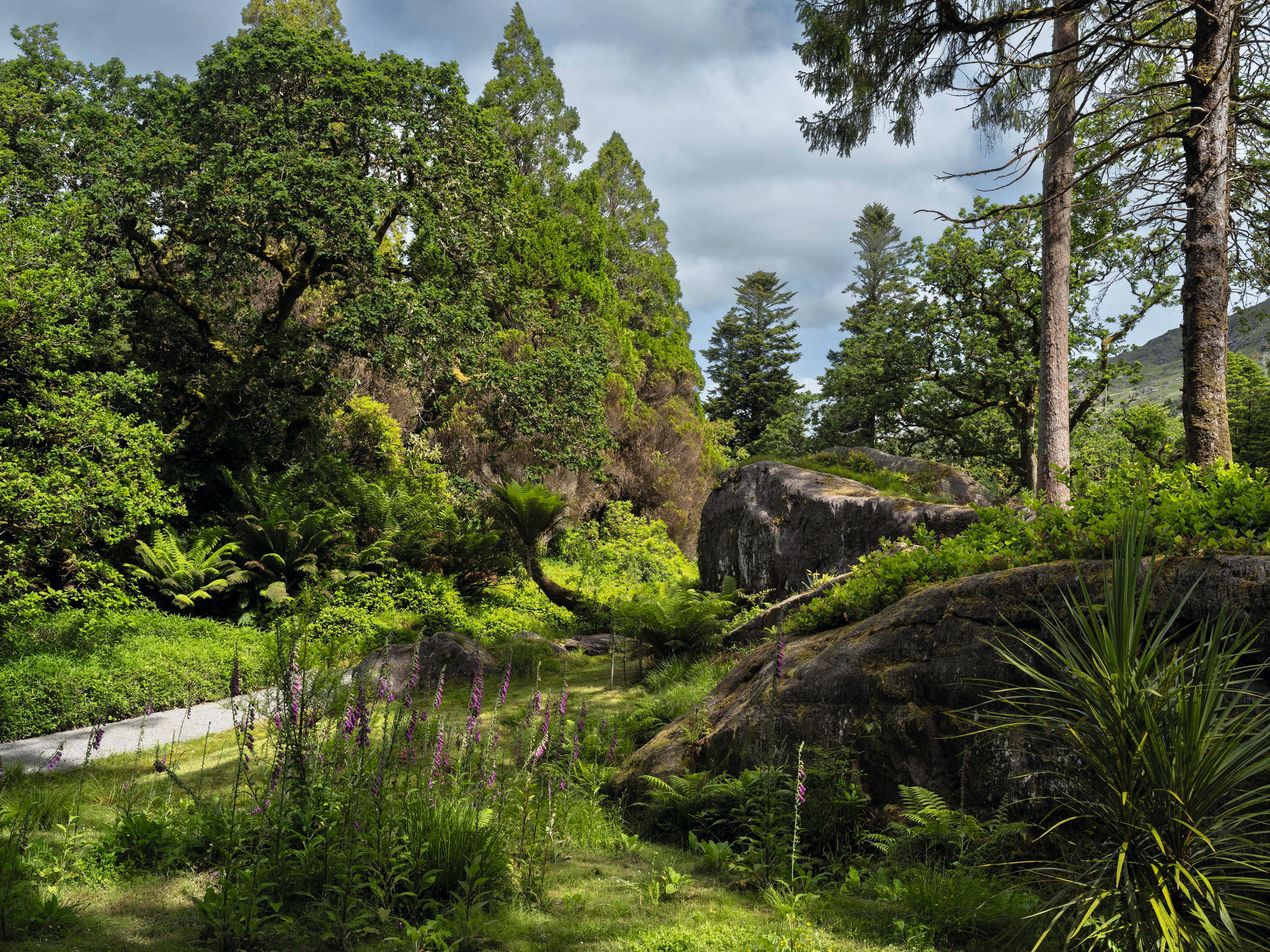 'I'd willingly give a year of my life for a fortnight there': The green dream that is the garden of Derreen
'I'd willingly give a year of my life for a fortnight there': The green dream that is the garden of DerreenExotic woods, labyrinths of narrow, mossy paths and thousands of tree ferns make this an internationally important garden, writes Charles Quest-Ritson. Photographs by Jonathan Hession.
By Charles Quest-Ritson Published
-
 A home cinema, tasteful interiors and 65 acres of private parkland hidden in an unassuming lodge in Kent
A home cinema, tasteful interiors and 65 acres of private parkland hidden in an unassuming lodge in KentNorth Lodge near Tonbridge may seem relatively simple, but there is a lot more than what meets the eye.
By James Fisher Published
-
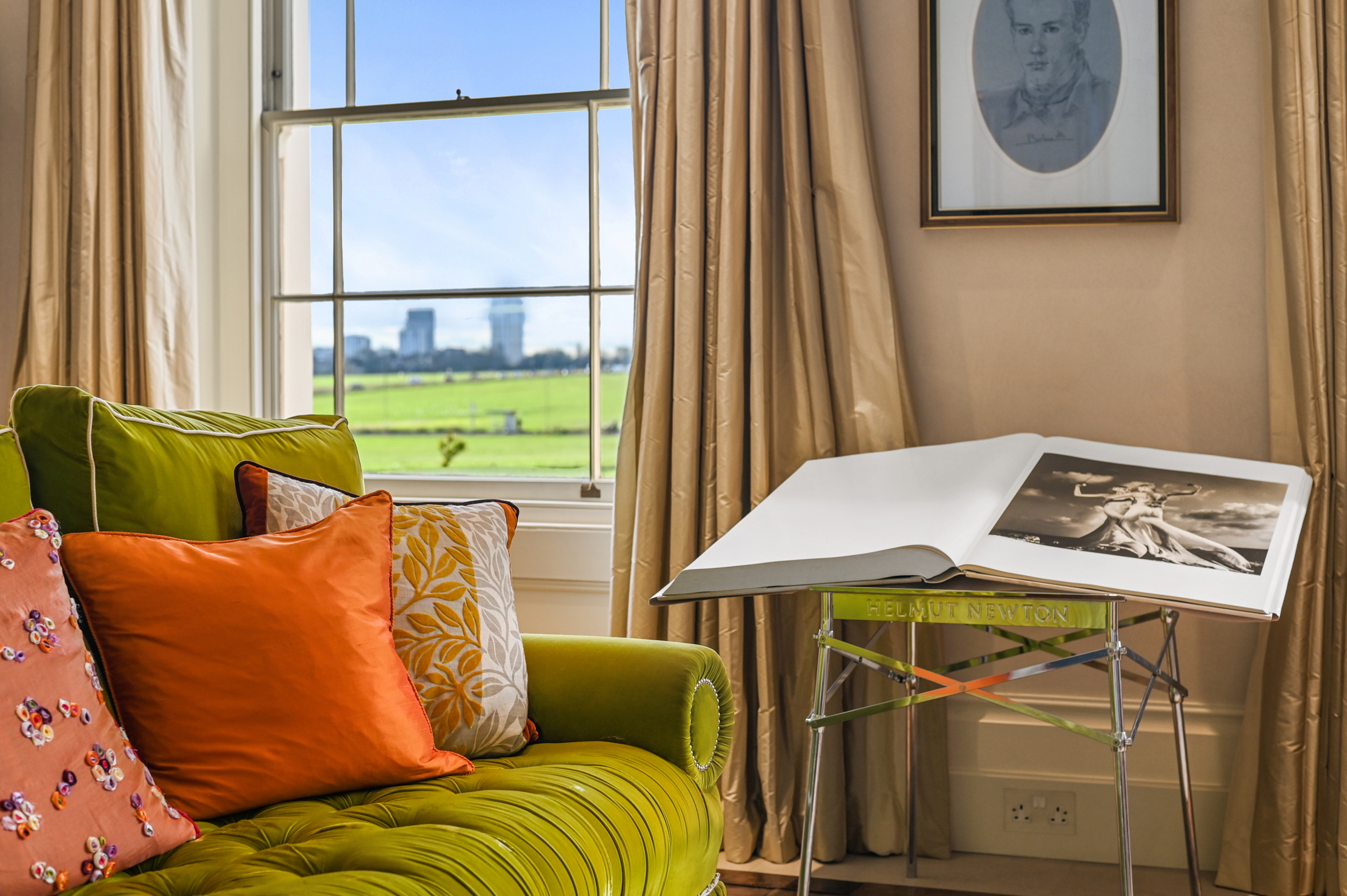 A rare opportunity to own a family home on Vanbrugh Terrace, one of London's finest streets
A rare opportunity to own a family home on Vanbrugh Terrace, one of London's finest streetsThis six-bedroom Victorian home sits right on the start line of the London Marathon, with easy access to Blackheath and Greenwich Park.
By James Fisher Published
-
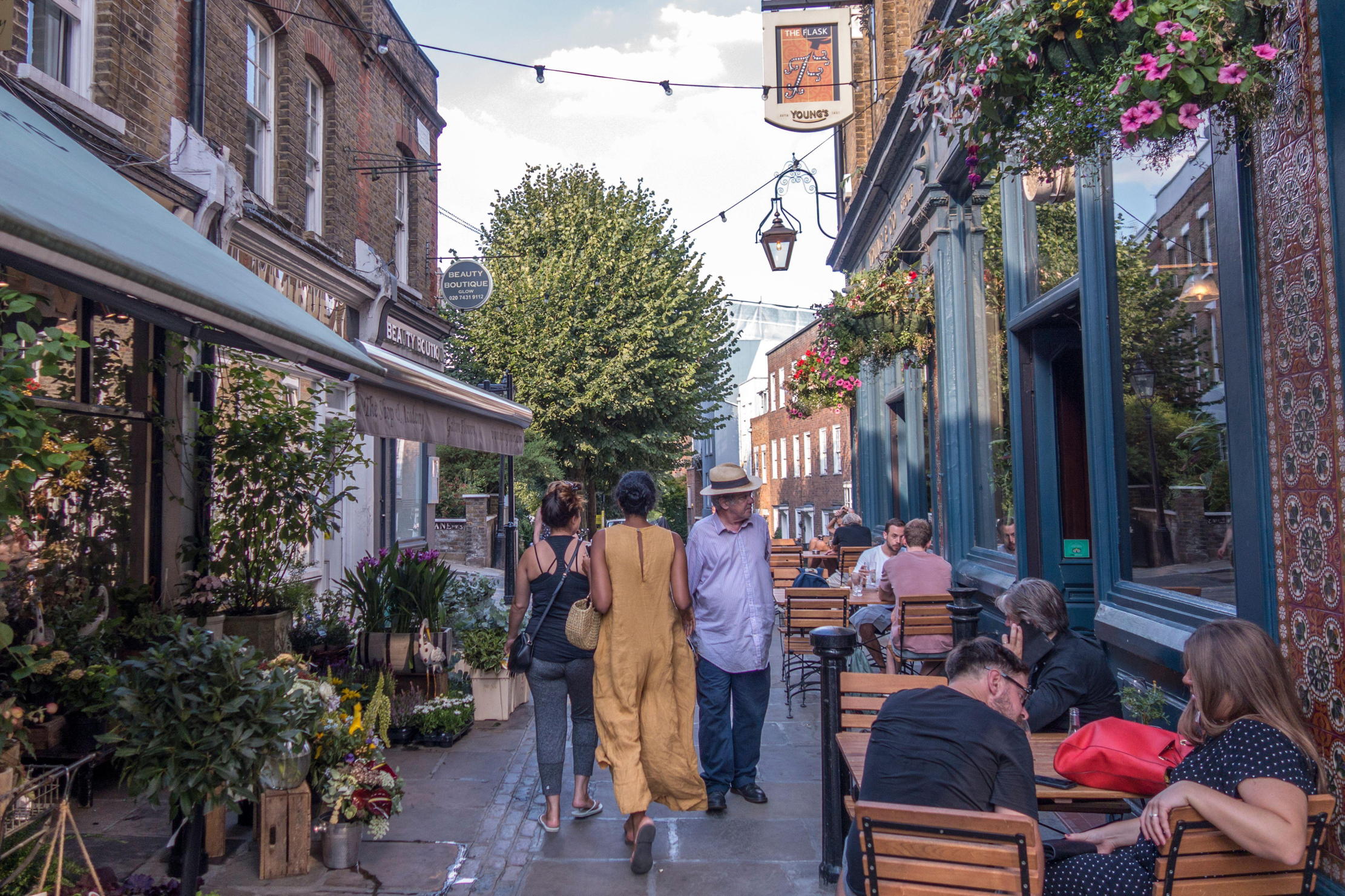 A tale of everyday life as lived on Britain's most expensive street
A tale of everyday life as lived on Britain's most expensive streetWinnington Road in Hampstead has an average house price of £11.9 million. But what's it really like? Lotte Brundle went to find out.
By Lotte Brundle Last updated
-
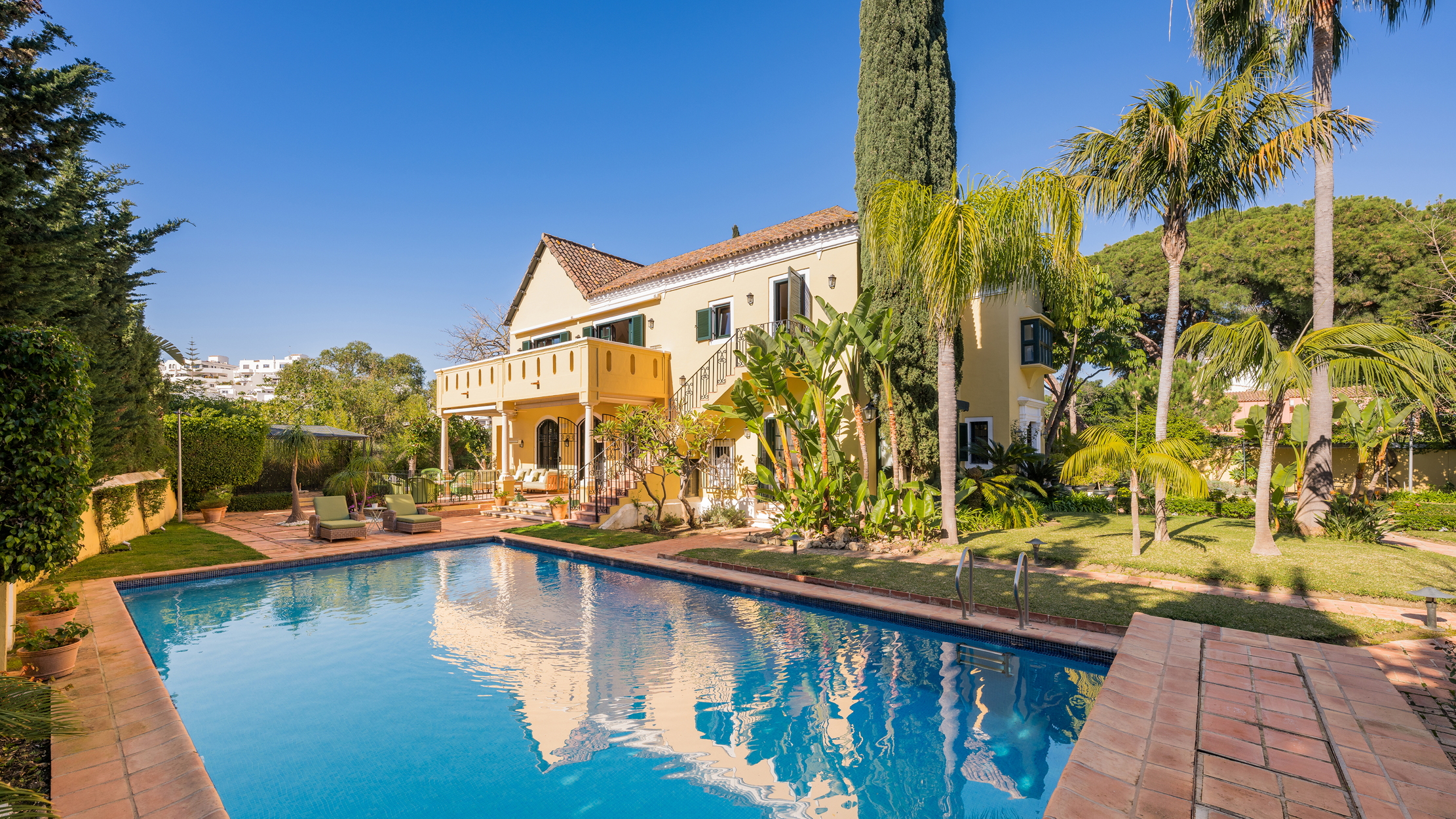 Damon Hill's former home in Marbella is the perfect place to slow down
Damon Hill's former home in Marbella is the perfect place to slow downThe glorious Andalusian-style villa is found within the Lomas de Marbella Club and just a short walk from the beach.
By James Fisher Published
-
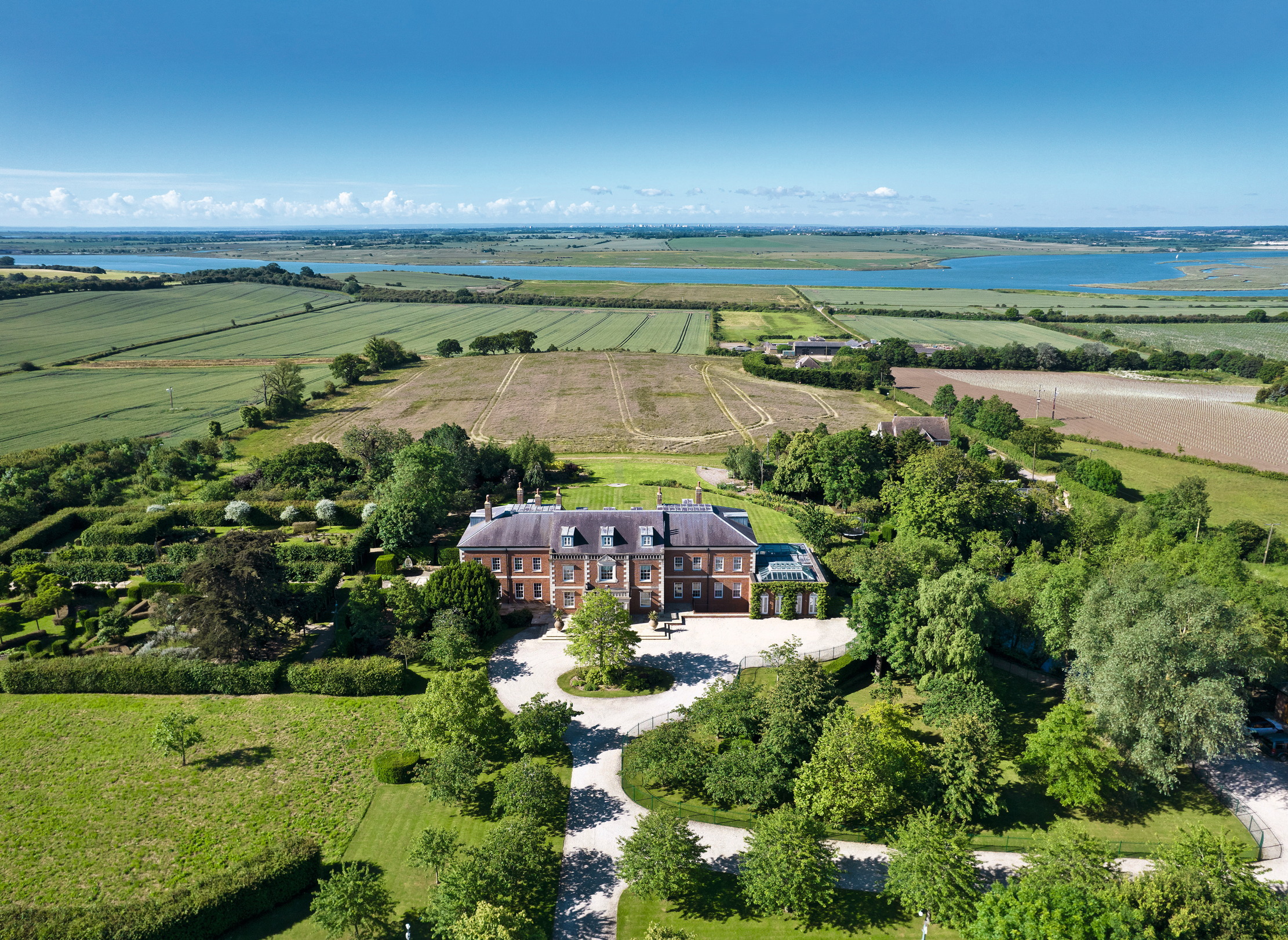 A 327-acre estate in the heart of 'England’s Côte d’Or', with a 26,000sq ft Georgian style home at its heart
A 327-acre estate in the heart of 'England’s Côte d’Or', with a 26,000sq ft Georgian style home at its heartStokes Hall in the Crouch Valley is an inspiring property looking for a new owner.
By Penny Churchill Published
-
 Schreiber House, 'the most significant London townhouse of the second half of the 20th century', is up for sale
Schreiber House, 'the most significant London townhouse of the second half of the 20th century', is up for saleThe five-bedroom Modernist masterpiece sits on the edge of Hampstead Heath.
By Lotte Brundle Published
-
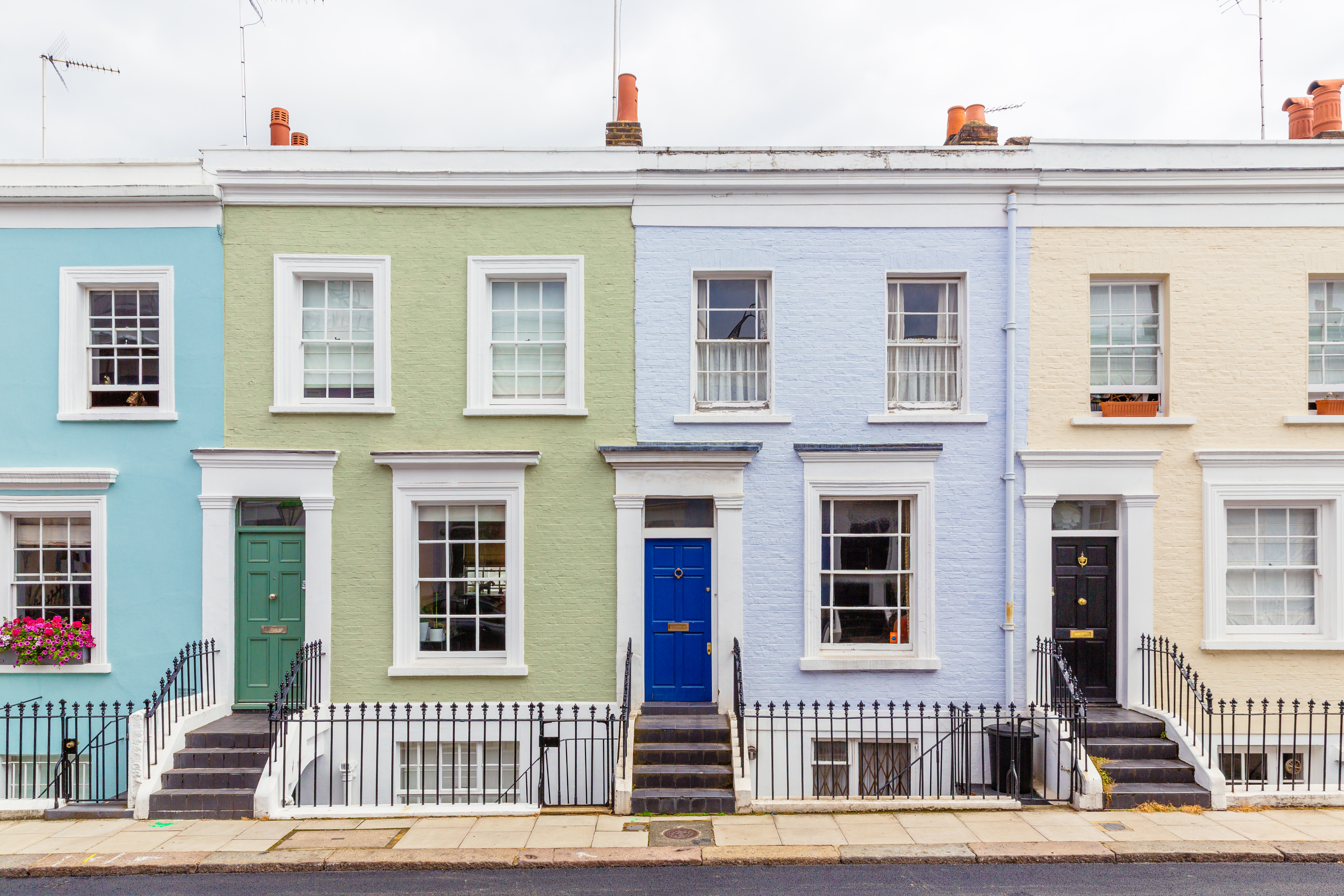 Is the 'race for space' officially over?
Is the 'race for space' officially over?During the lockdowns, many thought the countryside was the place to be. It seems many are now changing their minds.
By Annabel Dixon Last updated
-
 What's a 'wellness village' and will it tempt you back into the office?
What's a 'wellness village' and will it tempt you back into the office?The team behind London's first mixed-use ‘wellness village’ says it has the magic formula for tempting workers back into offices.
By Annunciata Elwes Published
